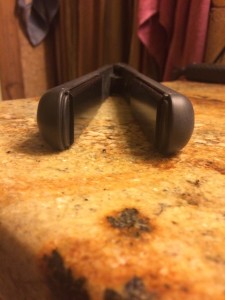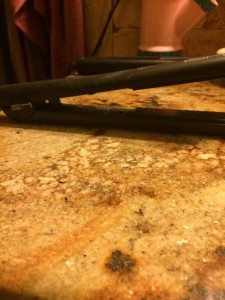Hey y’all Pete here. The purpose of this post is to tell you a little about the architectural features of Hagia Sophia. These features were added onto the structure during it’s time as a Mosque from 1453-1935.
Prior to 1481 a small minaret was built above the stair tower on the southwest corner of the building. Later, another minaret at the northeast corner of the building was built by the succeeding sultan, Bayezid ll (1481-1512). After the Earthquake of 1509, one of the minarets collapsed and near the middle of the 16th century two diagonally opposite minarets were built at the east and west corners of the building in place of the old ones. The first minaret by the southwest corner was built from red brick while the other three were built from white limestone and sandstone. The two larger minarets were built by Sultan Selim ll and designed by Mimar Sinan, the famous Ottoman architect. During the 16th century, Sultan Suleiman the Magnificent returned to the structure with two massive candlesticks from his conquest of Hungary. They placed these on either side of the mihrab. In 1740 under Sultan Ahmed lll, a Sidirvan, fountain for ritual ablutions, was added to the structure. A new mihrab was also added at this time. During the Renovation of 1847 the minbar and mihrab were renovated and the two minarets were also set to equal heights.


